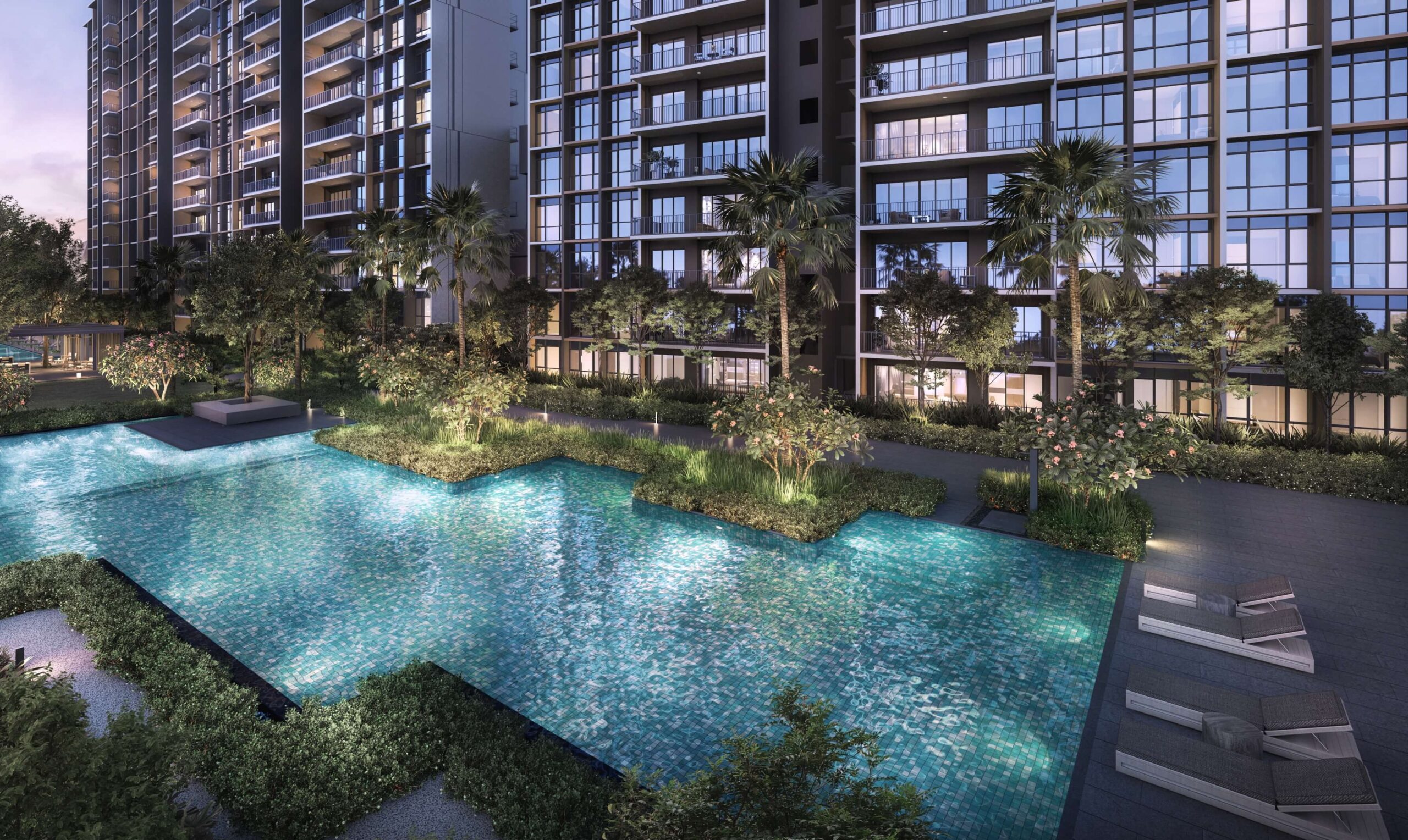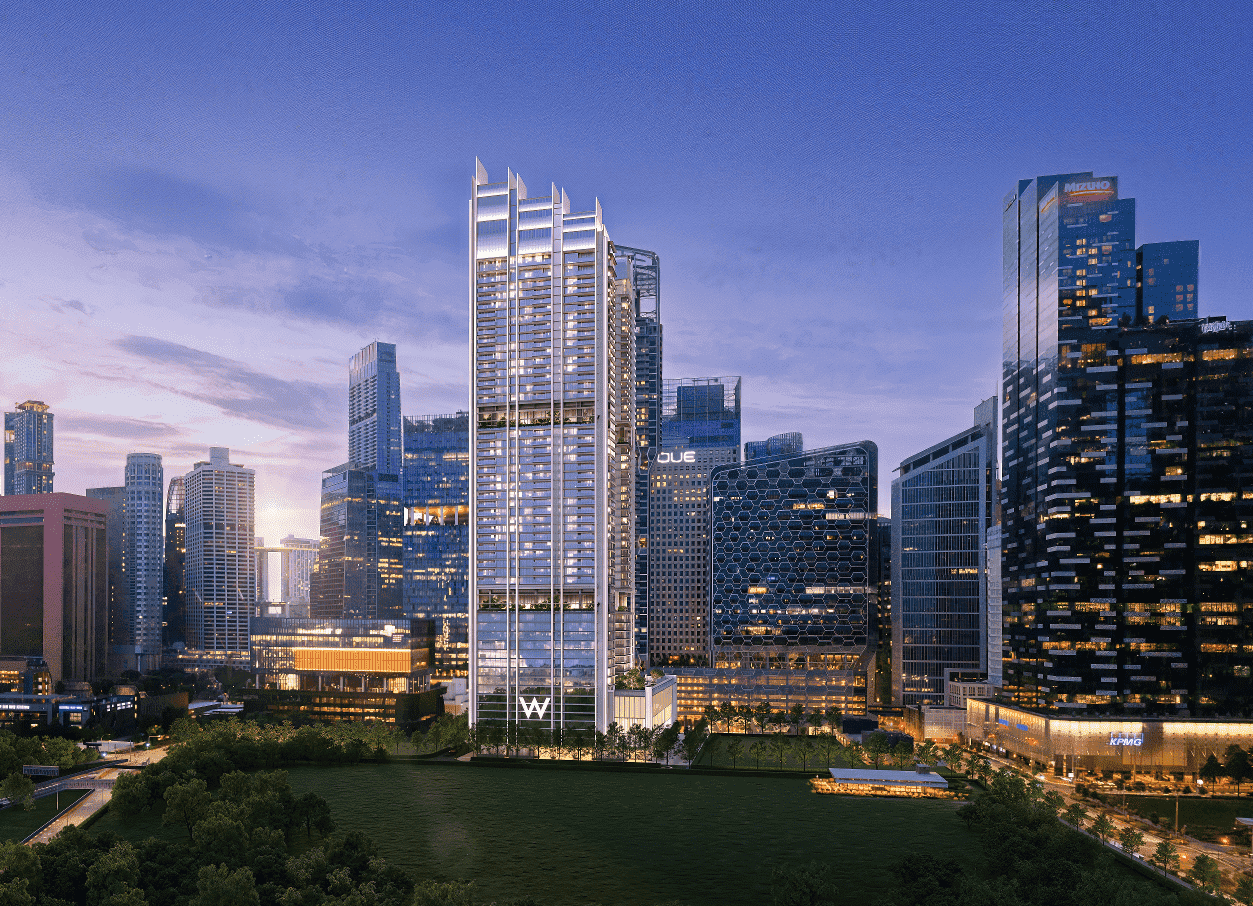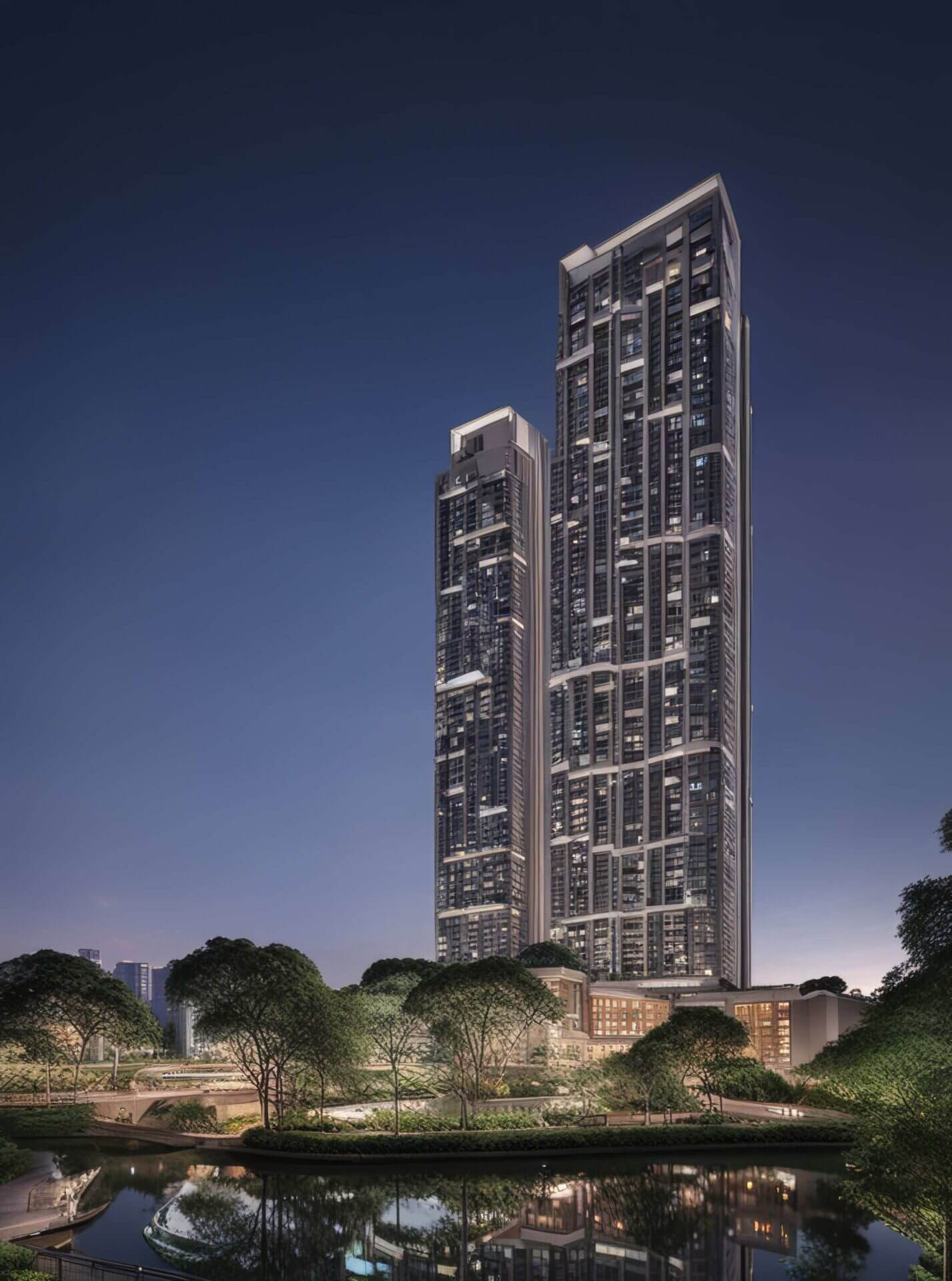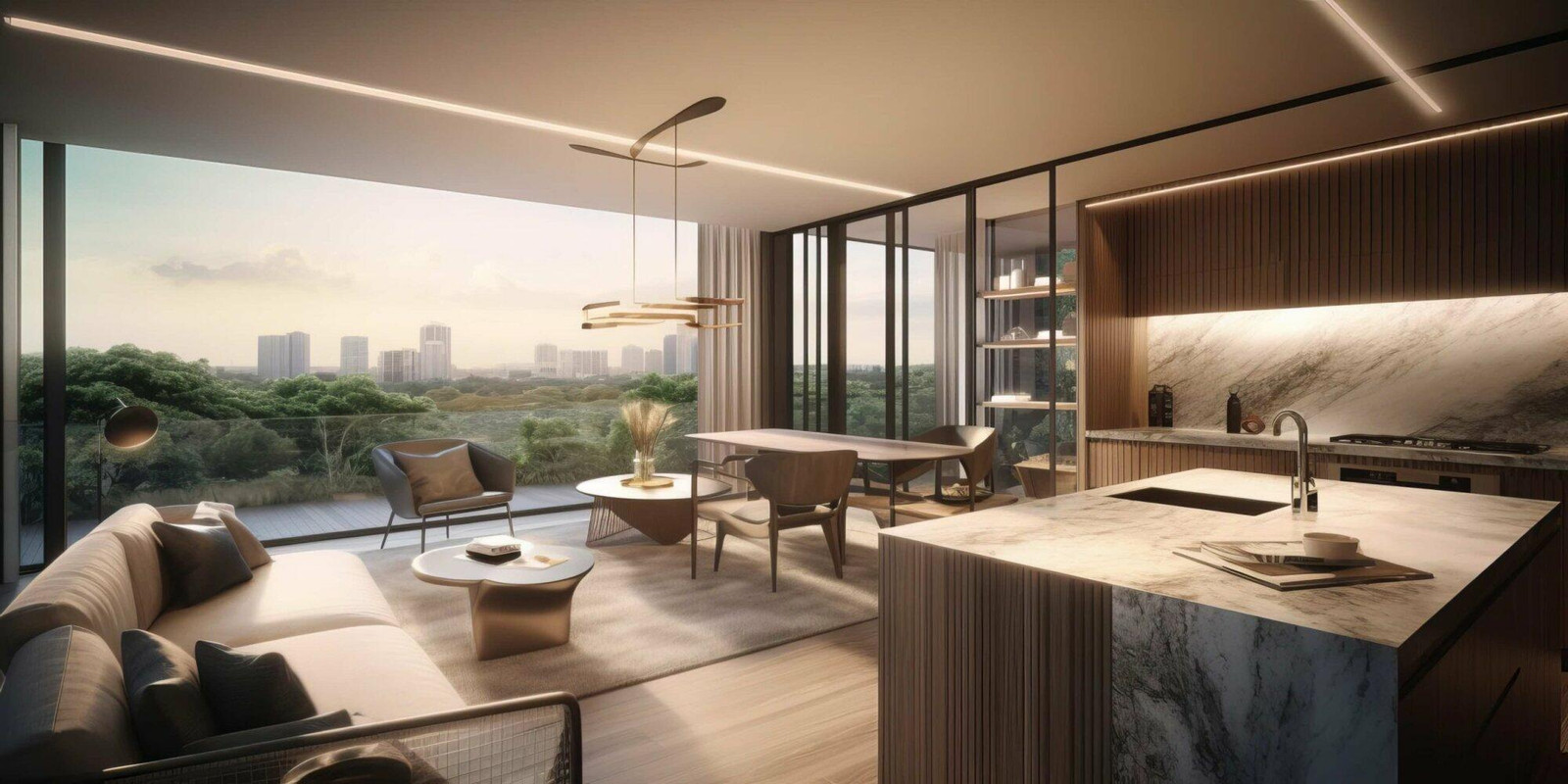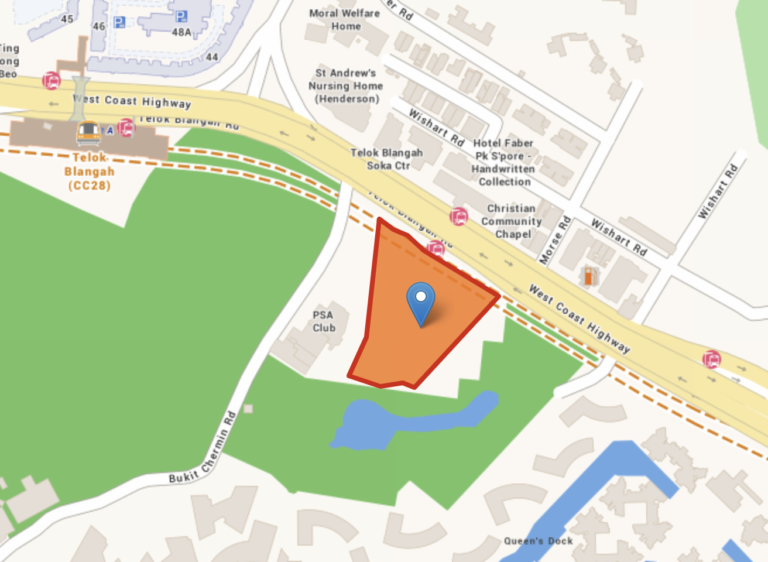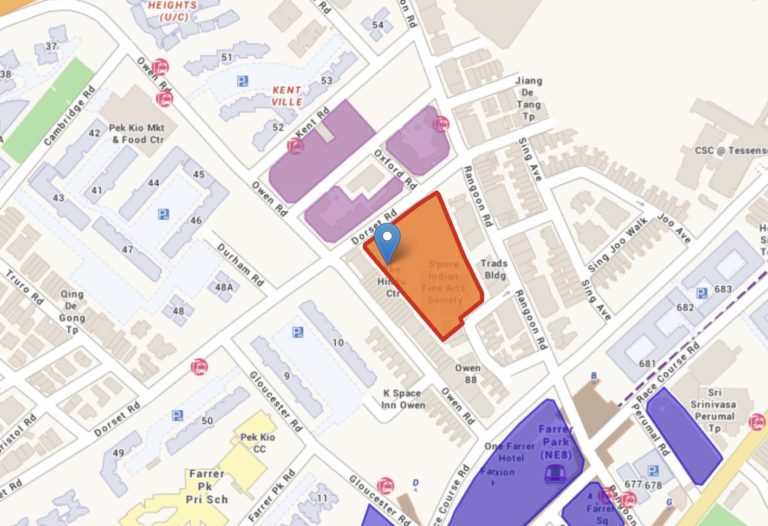Upgrading from an HDB flat to a condo in Singapore is a significant financial and lifestyle decision. Here are the key considerations and steps involved in making this transition:
Key Considerations
1. Financial Readiness
Upgrading to a condo involves several costs:
- Option to Purchase (OTP) Fee: Typically 1% of the sale price.
- Down Payment: Banks usually finance up to 75% of the property value, so you need to cover the remaining 25% upfront.
- Stamp Duty and Additional Buyer’s Stamp Duty (ABSD): If this is your second property, ABSD applies.
- Total Debt Servicing Ratio (TDSR): Your monthly debt repayments, including the new home loan, cannot exceed 55% of your gross monthly income.
2. Amenities and Lifestyle
Condos offer amenities like swimming pools, gyms, and enhanced security, which are significant attractions compared to HDB flats. Consider if these amenities align with your lifestyle and if they justify the higher maintenance fees.
3. Location and Accessibility
Condos may offer better locations, closer to workplaces or preferred schools. However, they might not be as accessible to public transportation compared to HDB flats. Evaluate the convenience of the location in relation to your daily commute and lifestyle needs.
Steps to Upgrade
1. Assess Your Financial Situation
- Calculate Affordability: Use mortgage calculators to determine how much you can borrow and repay comfortably.
- Check CPF Savings: Ensure you have enough savings in your CPF Ordinary Account (OA) for the down payment and other costs.
2. Plan the Sale of Your HDB
- Minimum Occupation Period (MOP): Ensure you have fulfilled the MOP (usually five years) before selling your HDB flat.
- Selling Timeline: Decide if you will sell your HDB before or after purchasing the condo. Selling first can provide the necessary funds for the condo purchase but may require temporary housing arrangements.
3. Secure Financing
- Bank Loans: Unlike HDB loans, condo purchases must be financed through bank loans. Compare different loan packages to find the best interest rates and terms.
- Loan Eligibility: Obtain an in-principle approval from the bank to understand your borrowing capacity.
4. Purchase the Condo
- Option to Purchase (OTP): Pay the OTP fee to secure the property. You have a 14-day option period to decide whether to proceed with the purchase.
- Balance Deposit: Pay the remaining deposit (usually 4% of the sale price) upon signing the OTP.
- Legal and Stamp Duties: Engage a lawyer to handle the legal paperwork and ensure timely payment of stamp duties.
5. Manage Transition Costs
- Renovation and Moving: Budget for renovation costs if needed and moving expenses.
- Maintenance Fees: Be prepared for monthly maintenance fees associated with condo living.
upcoming Condos
Hurry—prime units vanish fast! Secure your showflat appointment now!
Additional Financial Considerations
1. Downpayment
- Minimum Downpayment: For a condo, the downpayment is typically 25% of the purchase price. Of this, at least 5% must be paid in cash, while the remaining 20% can be paid using CPF funds or cash.
- Example: For a condo priced at S$1,000,000, you would need a downpayment of S$250,000, with at least S$50,000 paid in cash.
2. Stamp Duties
- Buyer’s Stamp Duty (BSD): This is a tax on the purchase of the property, calculated based on the purchase price or market value, whichever is higher. The rates are progressive, starting at 1% for the first S$180,000 and going up to 4% for amounts exceeding S$1,000,000.
- Additional Buyer’s Stamp Duty (ABSD): If the condo is your second property, ABSD applies. For Singapore citizens, the ABSD rate is 20% for the second property and 30% for the third and subsequent properties.
3. Loan-to-Value (LTV) Ratio
- Primary Property: If the condo is your first property, you can borrow up to 75% of the property value. However, if it is your second property, the LTV ratio drops to 45% or even lower depending on the loan tenure and your age.
- Example: For a S$1,000,000 condo, you could borrow up to S$750,000 for your first property but only S$450,000 for a second property.
4. Total Debt Servicing Ratio (TDSR)
- TDSR Limit: Your total monthly debt repayments, including the new home loan, cannot exceed 55% of your gross monthly income. This includes all existing debts like car loans, student loans, and credit card debts.
5. CPF Restrictions
- Basic Retirement Sum (BRS): If you have used CPF funds for your first property, you must set aside the BRS in your CPF accounts before using the remaining funds for the condo purchase.
- Valuation Limit (VL) and Withdrawal Limit (WL): These limits restrict the amount of CPF savings you can use based on the property’s valuation or purchase price, whichever is lower.
6. Additional Costs
- Option to Purchase (OTP) Fee: Typically 1% of the property price, paid to secure the property.
- Legal Fees: Engaging a lawyer for the transaction will incur additional costs, usually around S$3,000.
- Maintenance Fees: Condos have monthly maintenance fees for shared facilities, which can be significantly higher than HDB conservancy charges.
By thoroughly evaluating these factors, you can make an informed decision about upgrading to a condo.
Conclusion
Upgrading from an HDB to a condo involves careful financial planning and consideration of your lifestyle needs. Ensure you are financially prepared for the upfront costs and ongoing expenses, and choose a property that aligns with your long-term goals and daily convenience. By following these steps, you can make a smooth transition to condo living in Singapore.

